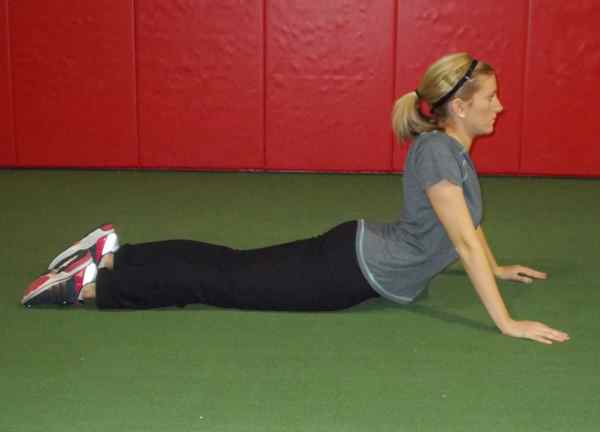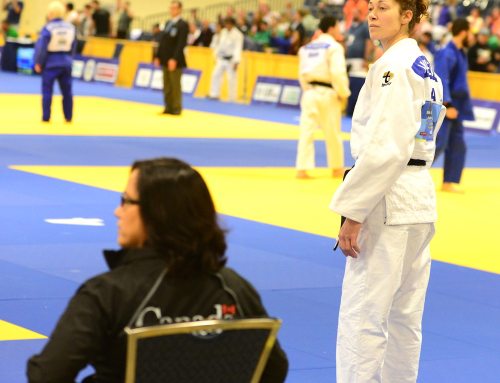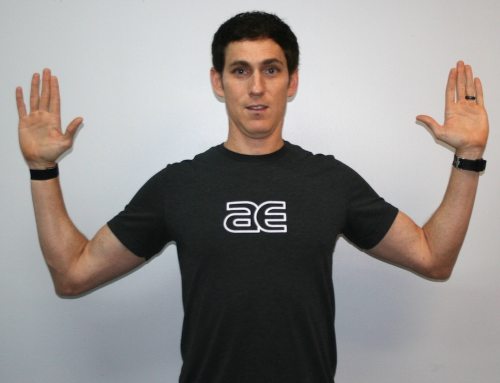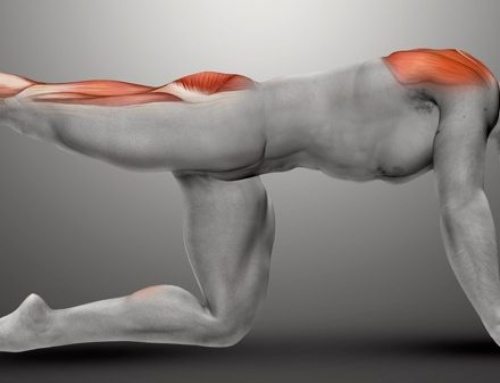
By Brian Schiff, PT, OCS, CSCS
One of the most under appreciated facets of training and preparing the body to perform is movement. We often get caught up in strength, speed and power, while the thought of soft tissue and joint mobility as well as stability seems less important in terms of maximizing performance. Nothing could be further from the truth.
Whether you are training to run your first 5K, pushing to qualify for for Boston or competing in a triathlon, getting a baseline movement assessment is paramount if you are going to stay healthy for long. Running, for example, is a repetitive motion with significant ground reaction forces. Likewise, cycling and swimming involve high volume training. Discovering asymmetries, limited mobility and muscles imbalances should really be the first step prior to initiating a running program.
In order to move optimally, it is necessary to have appropriate amounts of mobility and stability. Assessing the kinetic chain linking the upper body, core and lower body will help identify weak or broken links that predispose runners, cyclists and swimmers to overuse injuries.
For this reason, using a systematic and objective assessment tool is necessary to develop the right training plan. Every recreational and competitive athlete possess deficiencies and will benefit from certain corrective exercises. In light of this, I elect to use a Functional Movement Screen (FMS) to uncover any mobility or stability issues that will negatively impact movement.
The FMS is a 7 point screening tool designed to assess stability, mobility and integrated movement patterns. It is scored on a 3 point scale as follows:
0 = Pain with movement
1 = Inability to perform the functional movement pattern
2 = Functional movement pattern with compensation
3 = Normal functional movement pattern
Any zeros would result in a failed screen and immediate referral to a medical professional (physical therapist or MD). Ideally, clients should score 14/21 or greater to pass. Any asymmetry side-to-side would be considered a risk factor for injury.
In the coming months, I will review the entire FMS and how it impacts your body and training decisions. In this article, I am covering the two components addressing core stability: rotary stability and the trunk stability push-up.
Trunk Stability Push-up – Used as a basic observation of reflex core stabilization with goal of initiating movement with the upper body and not allowing any other movement in the spine or hips (e.g extension and/or rotation) The goal is to maintain a neutral spine angle from start to finish. To attain a 3, Males perform 1 repetition with the thumbs aligned with the top of the forehead and females perform 1 repetition with the thumbs aligned with the chin.
As part of this test, we also employ a prone press-up (back extension) clearing exam to look for any back pain.
Rotary Stability – Complex movement requiring proper neuromuscular coordination and energy transfer from one segment of the body to another through the torso (roots from creeping pattern that follows crawling) To attain a 3, the client performs 1 correct unilateral repetition (right elbow touches right knee) while keeping spine parallel to the board. The knee and elbow must also touch in line with board.
As part of this test, we also employ a spinal flexion clearing exam done by starting in quadruped and then rocking back and touching the buttocks to heels and chest to the thighs to look for any back pain.
Note: the goal of the FMS is not to score a 21 or get all 3’s. The primary intention is to assess baseline movement, prescribe proper and specific corrective exercises to eliminate imbalances and guide performance training/program design in order to maximize performance and reduce injury risk.
It is difficult to train the body correctly if we do not clearly know its limitations. Starting with an assessment reduces confusion, improves training efficiency and keeps your body healthy as it can be repeated to assess the efficacy of exercise selection and most prevalent restrictions at any given time.
Stay tuned for the next installment on shoulder and hip mobility.
# # #
Brian Schiff, PT, OCS, CSCS is a sports physical therapist and supervisor at the Athletic Performance Center in Raleigh. The APC offers a revolutionary new RunSmart Program, which helps runners and triathletes deteremine proper training techniques, recovery methods, running form adjustments, and footwear to meet their INDIVIDUAL needs before injuries occur. RunSmart assessments are available in group and individual formats at the APC’s Raleigh and Cary locations. For more information, visit www.apcraleigh.com or www.apccary.com. RunSmart!





